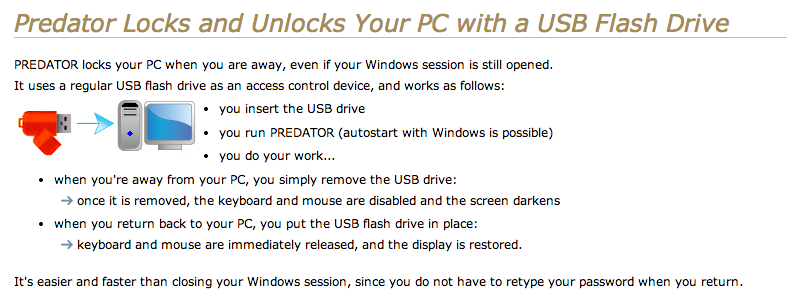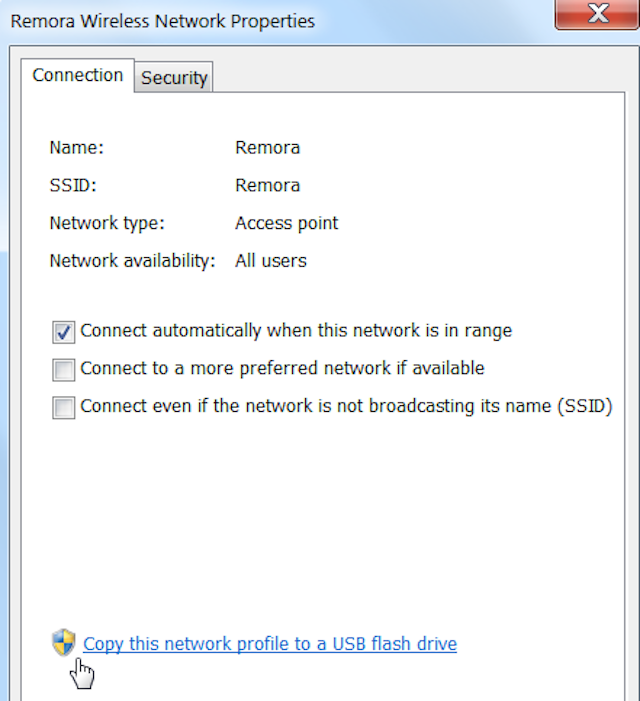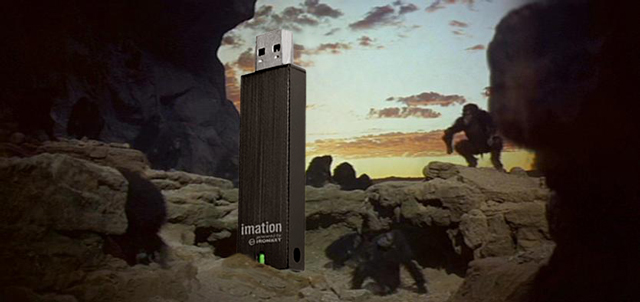Most of us see our USB flash drives as expendable, one-trick ponies — good for storing and sharing files and not much else. But with the appropriate knowledge, that little mess of gigabytes in your pocket has the potential to be so much more.
After scouring a recent Quora thread calling for useful (and largely unknown) thumb drive tips and tricks, we’ve compiled a list of some of the most painfully brilliant ways to put your flash drive to work. Because let’s face it — we could all use a few more missile keys in our lives.
1. Tandem, Hard Drive Missile Keys
You can create a stripe set between two thumb drives, essentially a mini RAID0 array. The data is then inaccessible unless both drives are mounted, so the two drives can be given to two trustworthy people and then only used in tandem, kind of like missile keys.
So it’s not especially useful, but it is cool.
Basically, RAID 0 is all about performance, employing what’s called striping (where data is broken up into pieces and written across multiple drives). Let’s assume we’ve got a setup with four hard disks. The performance edge comes from the fact you’re getting massive throughput — it’s like going from one lane to four, since you’re writing and accessing all four drives in parallel. The downside is that if even one of the hard drives fails, you lose everything — every file would be incomplete.
2. The Dead Drop
Bury it in a wall with its end sticking out.
But WHY?
As you can see its not very convenient. You could end up with scratches on your laptop, a broken USB port, broken USB drive or all three. More importantly, why would you be bothered about checking it out or leaving something on it? The answer to that is – because it’s fun (for some people at least). It isn’t solving a problem, it isn’t meant to be practical or useful.
The Dead Drops scattered around NYC actually started as a project by Aram Bartholl, who wanted to create an anonymous, offline file-sharing network in a public space. It’s not the most practical application, sure, but you’d have to be dead inside to not let your curiosity get the better of you.
3. Lock & Unlock Your Computer
You can lock and unlock your computer with a physical device, pretty much like they doin the movies. Use the free PREDATOR application, which turns a USB flash drive into an access control device — a key for your computer. When you leave your PC, unplug the USB stick and your computer will be locked. When you return, plug it back in and your computer will be unlocked. It’s like using the Lock function in Windows, but you don’t have to type your password when you return. When you unplug your USB flash drive, your open windows will minimize and your screen will go dark — plug it back in and your screen will turn back on.
While Predator specifically is Windows only, Mac users needn’t worry — you’ve got some alternatives to choose from.

4. Give Your RAM a Boost
You can use it as external additional RAM to increase the overall performance of your PC. This feature is called ReadyBoost.
Basically, ReadyBoost helps out slow hard drives by caching some of the data over to your USB flash. So a ReadyBoost-compatible memory stick lets you take advantage of the lightning-fast seek times on flash drives, allow you to access your data quicker.
So how do you know if your flash drive has the ReadyBoost power to get you up to speed? According to Microsoft:
The most effective way to determine whether a specific flash drive meets ReadyBoost requirements is to test it. Windows Vista and Windows 7 automatically test removable storage when attached. If a storage device fails the test, Windows will automatically retest the storage on a regular basis.
Of course, since most PCs today pack at least 4 GB of RAM, chances are ReadyBoost won’t make any real noticeable different. But if you’re working with 2 GB of RAM or less, this could cut down on some major slow-load-time frustrations.
5. Quickly Connect to Wireless Networks
Windows includes a feature that can save your current wireless network’s name, password, and other information to a USB stick. You can then use the USB stick to quickly connect to your Wi-Fi network on other computers without typing the password over and over again. In fact, you can even use this USB stick to quickly connect an Xbox 360 to your Wi-Fi network — just select the Windows Connect Now option while setting up a wireless network on your Xbox.
To save your Wi-Fi settings to a USB flash drive, click the wireless icon in your system tray, right-click your current wireless network, and select Properties.
On the Connection tab, click the Copy this network profile to a USB flash drive. Click the Next button and Windows will copy the settings for the configured network to your USB stick. Connect the USB stick to another computer, and then double-click the setupSNK.exe file on it to install your network profile on the compute.
Of course, ideally you’d simply change your Wi-Fi password to something not impossible to remember. But if that’s not an option, this is astoundingly easy to do and seems pretty obvious once you know that the option’s there. But considering how often we “misplace” our absurdly long Wi-Fi network keys, it’s a trick that could turn out to be astoundingly useful too.

[Quora]
Know of any more we missed? Share your secret flash drive wisdom down below.
